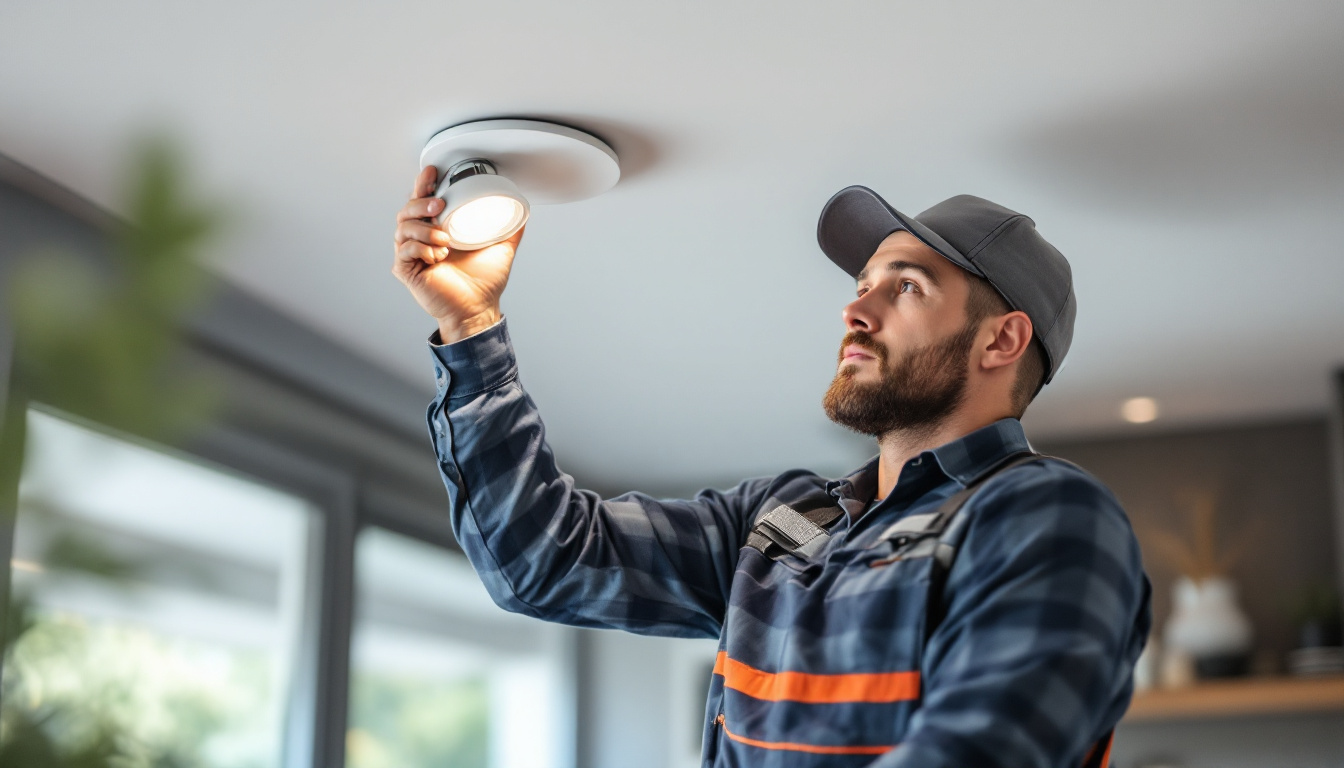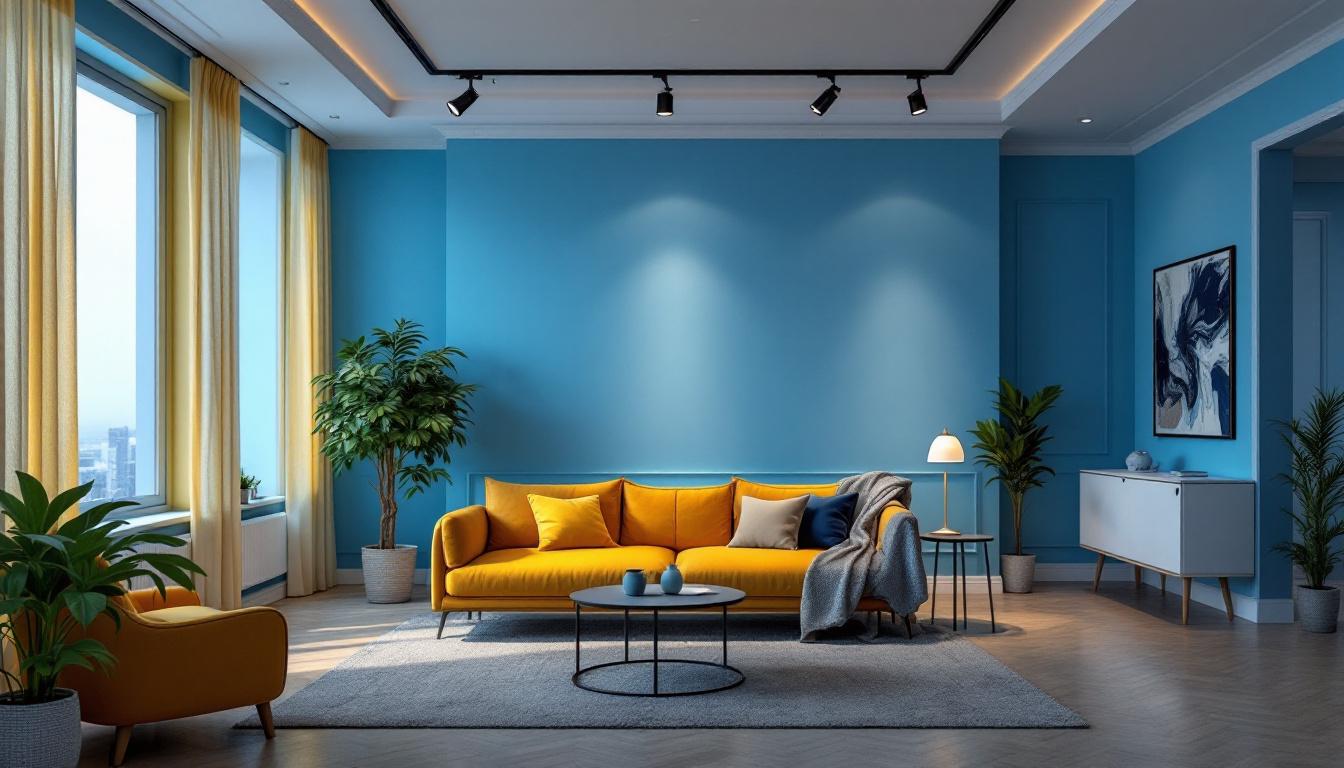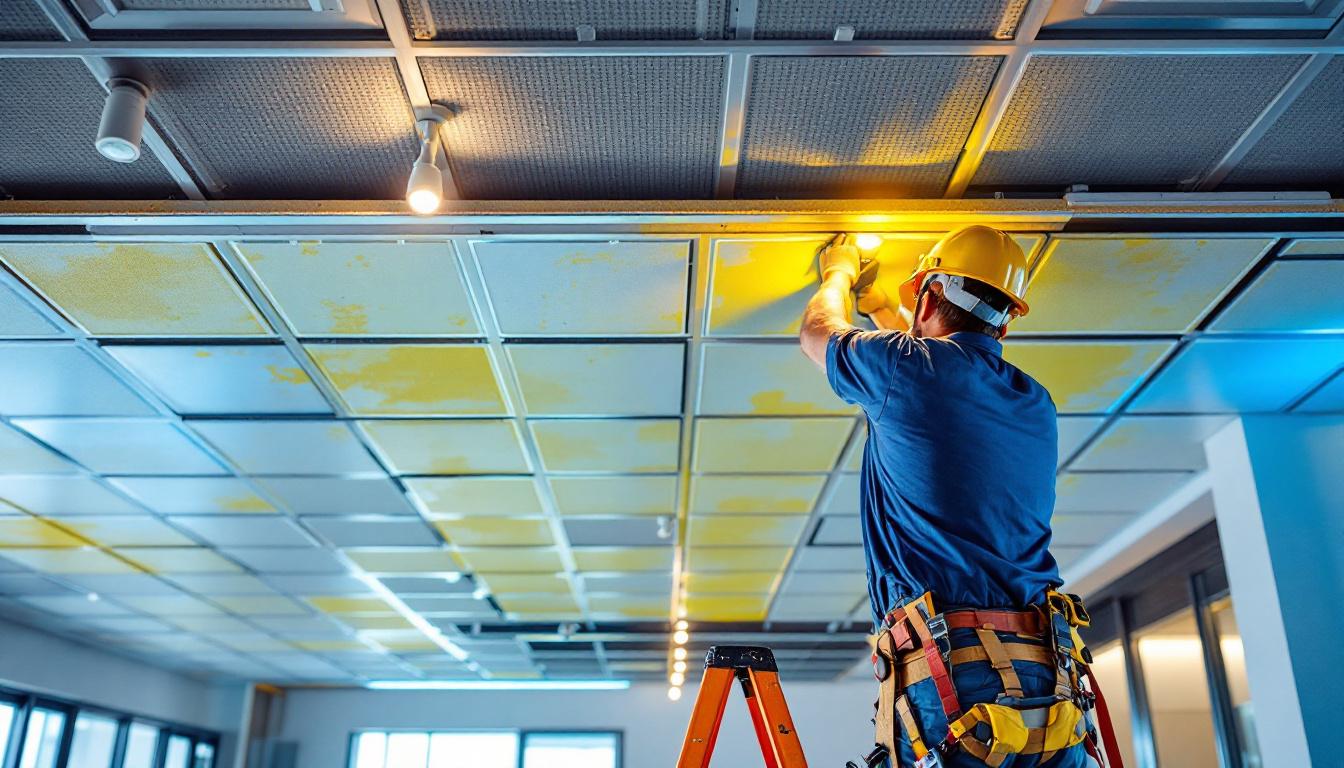
Recessed lighting has become a staple in modern interior design, providing a clean and unobtrusive way to illuminate spaces. However, the effectiveness of recessed lighting systems often hinges on the quality and functionality of various components, one of which is the cap for recessed lights. This seemingly small element plays a significant role in the overall performance and aesthetic of the lighting installation. For lighting contractors, understanding the importance of caps for recessed lights is essential for delivering high-quality results to clients.
Recessed lighting, also known as can lighting or pot lighting, involves fixtures that are installed into the ceiling, creating a streamlined look. These fixtures are designed to provide ambient, task, or accent lighting depending on the design and placement. The versatility of recessed lights makes them suitable for various applications, from residential homes to commercial spaces. In addition to their aesthetic appeal, recessed lights can also contribute to energy efficiency, as many modern options utilize LED technology, which consumes less power and has a longer lifespan than traditional incandescent bulbs. This makes them an excellent choice for those looking to reduce their carbon footprint while still achieving a well-lit environment.
To appreciate the role of the cap, it is crucial to understand the various components that make up a recessed lighting system. Typically, a recessed light consists of a housing, trim, bulb, and cap. The housing is the part that is installed into the ceiling, while the trim is the visible part that defines the aesthetic of the fixture. The bulb provides the actual light output, and the cap serves as a protective covering that enhances the fixture’s performance. Additionally, the choice of housing can vary based on the ceiling type—new construction, remodel, or shallow housing options are available to accommodate different installation scenarios, ensuring that recessed lighting can be adapted to almost any setting.
Caps for recessed lights come in various styles and materials, each designed to meet specific needs. Some common types include:
Furthermore, there are also specialized caps designed for specific applications, such as damp-rated caps for bathrooms or outdoor settings, which can withstand moisture and humidity. Some caps even come with adjustable features, allowing users to change the direction of the light beam to highlight artwork or architectural features in a room. This adaptability not only enhances the functionality of the lighting but also allows homeowners and designers to create dynamic and visually appealing spaces that can change with the time of day or occasion.
Caps for recessed lights may appear to be a minor detail, but their importance cannot be overstated. They serve multiple functions that contribute to the overall effectiveness of the lighting system.
One of the primary functions of a cap is to protect the internal components of the recessed light from dust, moisture, and other environmental factors. This protection is crucial for maintaining the longevity and efficiency of the lighting system. A well-sealed cap can prevent dust accumulation, which can lead to overheating and reduced light output over time. Additionally, caps often provide a barrier against moisture, which is particularly important in areas such as bathrooms or kitchens where humidity levels may be higher.
Moreover, the safety aspect cannot be overlooked. In environments where recessed lights are installed, such as commercial kitchens or workshops, the risk of accidental contact with water or other substances is heightened. Caps designed with robust materials can withstand these conditions, ensuring that the electrical components remain safe and functional. This not only protects the fixtures but also minimizes the risk of electrical hazards, making it essential for both residential and commercial applications.
Caps also play a pivotal role in how light is distributed throughout a space. A well-designed cap can enhance the fixture’s ability to cast light evenly, reducing harsh shadows and creating a more inviting atmosphere. This is especially important in commercial settings where lighting can significantly impact the ambiance and functionality of the space.
Furthermore, the design of the cap can influence the color temperature and intensity of the light emitted. Some caps are engineered to diffuse light more effectively, softening the glow and making it more pleasing to the eye. This is particularly beneficial in settings such as galleries or retail spaces, where the right lighting can enhance the presentation of products or artwork. By optimizing light distribution, caps help create environments that are not only functional but also aesthetically pleasing, encouraging longer stays and increased engagement.
In addition to their functional benefits, caps contribute to the overall aesthetic of recessed lighting. They can be found in various finishes and styles, allowing contractors to match them with the existing decor. A thoughtfully chosen cap can elevate the look of the entire lighting system, making it a focal point in the room rather than just a functional element.
Moreover, the trend towards customization in interior design means that caps are available in an array of innovative designs, from sleek and modern to ornate and vintage. This variety allows homeowners and designers to express their personal style while ensuring that the lighting complements the overall theme of the space. With the right cap, recessed lights can seamlessly blend into the architecture or stand out as a statement piece, showcasing the homeowner’s taste and attention to detail. As such, the selection of caps is not merely a practical consideration but a significant aspect of design that can enhance the character of any room.
Selecting the appropriate cap for a recessed lighting project requires careful consideration of several factors. Lighting contractors should evaluate the specific needs of the space, the desired aesthetic, and the functional requirements of the lighting system.
Before choosing a cap, it is essential to assess the space where the recessed lighting will be installed. Factors such as ceiling height, room size, and existing decor should all be taken into account. For instance, in a room with high ceilings, a reflective cap may be beneficial for maximizing light output, while in a cozy space, a decorative cap may enhance the overall design.
Engaging with clients to understand their preferences is crucial. Some clients may prioritize functionality and energy efficiency, while others may focus on aesthetics. By aligning the choice of cap with the client’s vision, lighting contractors can ensure satisfaction and enhance the overall success of the project.
It is also essential to consider local building codes and regulations when selecting caps for recessed lights. Certain areas may have specific requirements regarding energy efficiency and safety standards. Ensuring compliance not only protects the contractor but also guarantees that the installation meets industry standards.
Proper installation of caps for recessed lights is vital for maximizing their benefits. Lighting contractors should follow best practices to ensure that the caps function effectively and contribute positively to the overall lighting system.
When installing caps, it is important to ensure that they are properly sealed to prevent dust and moisture ingress. This may involve using gaskets or caulking to create a tight seal around the edges. Additionally, insulating the housing can help maintain energy efficiency by reducing heat loss.
Alignment and positioning of the caps are also critical. Caps should be installed flush with the ceiling to create a seamless look and to ensure optimal light distribution. Misalignment can lead to uneven lighting and detract from the overall aesthetic appeal of the installation.
To ensure the longevity of recessed lighting systems, regular maintenance is essential. This includes checking the condition of the caps and replacing them if they show signs of wear or damage.
Lighting contractors should recommend regular inspections of recessed lighting systems to clients. This can help identify potential issues before they become significant problems. During inspections, contractors should check for dust accumulation, moisture damage, and the overall condition of the caps.
If caps show signs of wear, such as cracks or discoloration, they should be replaced promptly. Worn caps can compromise the performance of the entire lighting system, leading to reduced efficiency and potential safety hazards. By addressing these issues proactively, contractors can help clients maintain their lighting systems effectively.
The cap for recessed lights is a small but crucial component that significantly impacts the performance, safety, and aesthetic appeal of lighting installations. For lighting contractors, understanding the importance of these caps can lead to better project outcomes and increased client satisfaction. By selecting the right caps, ensuring proper installation, and recommending regular maintenance, contractors can deliver high-quality recessed lighting solutions that meet the diverse needs of their clients.
In a competitive industry, attention to detail and a commitment to quality can set a contractor apart. By recognizing the value of every component, including the often-overlooked cap for recessed lights, contractors can enhance their reputation and build lasting relationships with clients. As the demand for recessed lighting continues to grow, staying informed about the latest trends and best practices will be key to success in this ever-evolving field.
Ready to elevate your lighting projects with the finest caps for recessed lights? Look no further than LumenWholesale, where we provide lighting contractors with the highest quality, spec-grade lighting products at unparalleled wholesale prices. Our comprehensive selection is designed to meet rigorous industry standards, ensuring you deliver exceptional performance and safety with every installation. Take advantage of our bulk purchasing options and enjoy free shipping, giving you the premium lighting solutions you need at the best value. Don’t settle for less—choose LumenWholesale for quality, affordability, and convenience. Wholesale Lighting at the Best Value is just a click away.

Discover the key features that distinguish top lighting contractors when choosing solar-powered flood lights on Amazon.

Discover the key differences between track lighting and recessed lighting for contractors.

Discover how sign lights for outdoor spaces can be your secret weapon in securing more lighting contracts.

Discover the true cost for a drop ceiling and expert tips for lighting contractors.